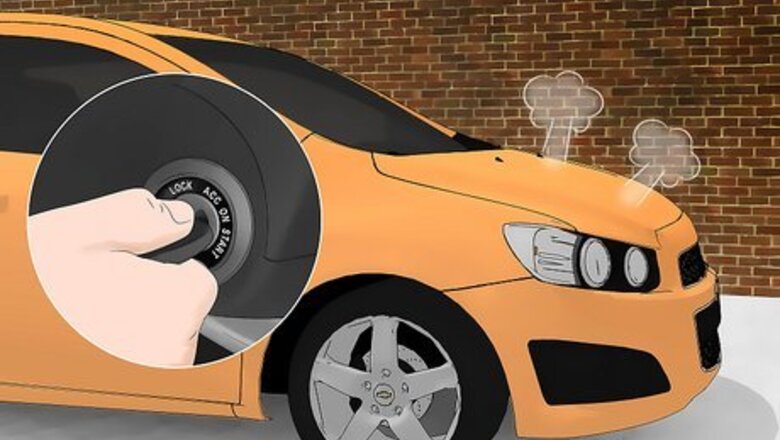
views
- Having trouble starting your vehicle is one of the main signs of a bad spark plug.
- Listen for rattling, sputtering, or metallic pings that signal when a spark plug is making your engine misfire.
- Check if your gas mileage has gotten worse since a bad spark plug won’t burn fuel as efficiently.
- Take out your spark plugs to check if the electrodes are worn down or covered in residue.
Difficulty starting your vehicle
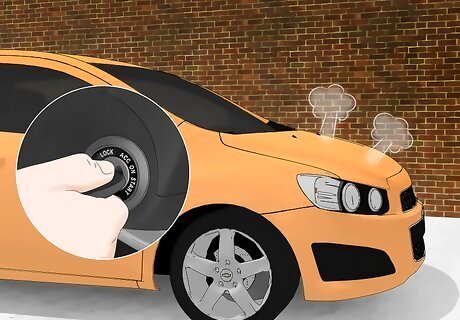
Old plugs can’t create a big enough spark to start your ignition. If your spark plugs are overheating or worn out, the current they produce isn’t strong enough to ignite the fuel that starts your engine. As you turn your key in the ignition, listen for a sputtering noise and notice if it takes a few seconds longer than normal for your engine to roll over. If you hear a clicking or chattering sound when you try starting your vehicle, then you’re dealing with a battery issue. Maintain your battery by cleaning the terminals or replacing it. If you only hear a single click or nothing at all when you start your vehicle, then there’s an issue with your vehicle’s starter. Test your starter to ensure it’s causing the issue.
Rough idling
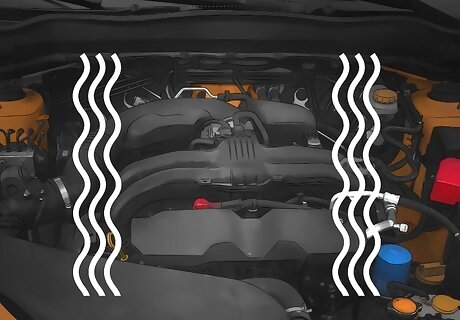
A rattling engine is a sign that the spark plug isn’t igniting fuel properly. Start your vehicle’s engine and let it run. Listen to the engine to see if you hear any rattles, metallic pings, or sputtering rather than a smooth, even sound. An old or fouled spark plug won’t burn fuel completely, so your engine will start vibrating or making unpleasant noises. Sometimes, the ignition coil that your spark plug sits can cause rough idling. Test your ignition coil with a multimeter and compare the readings to your vehicle’s requirements in the manual. If the readings are off, then replace the ignition coil.
Engine misfiring
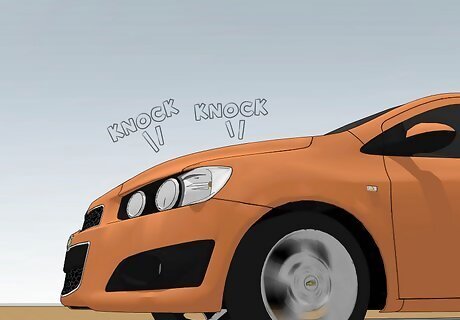
Your engine may act sluggish or surge if the spark plug is faulty. As a spark plug gets older or wears out, it may not produce a spark at all. Since your engine isn’t burning fuel properly, your engine may go through cycles where it isn’t as responsive or it runs harder than it normally would. Look for signs that your engine is misfiring, like if it’s vibrating suddenly, making pings or sputtering noises, or stalling.
Lack of acceleration
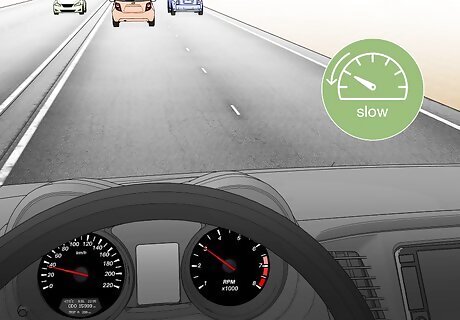
It takes longer to speed up if your spark plug isn't working properly. Even if you firmly press on the gas pedal, your vehicle may hesitate if you have a fouled spark plug. Since the old spark plug isn’t burning the fuel properly, your engine won’t be able to keep up and accelerate smoothly.
Reduced gas mileage
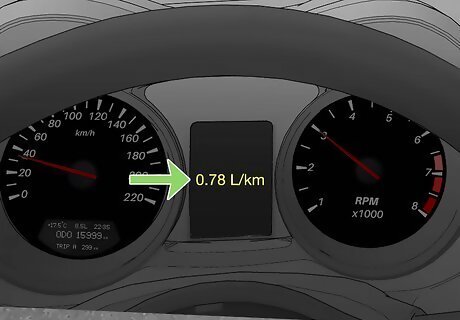
Your vehicle won’t use fuel as efficiently with a bad spark plug. When your spark plug doesn’t burn fuel, it doesn’t provide as much power to your engine, which will make your vehicle use more gas. If you notice that your fuel efficiency drops by 3 miles per gallon (0.78 L/km) or more, then there’s a good chance that your spark plugs are misfiring. If your car doesn’t display it, you can calculate your vehicle’s fuel consumption by dividing the distance you’ve driven on 1 tank of gas by the size of your gas tank.
Lit “Check Engine” light
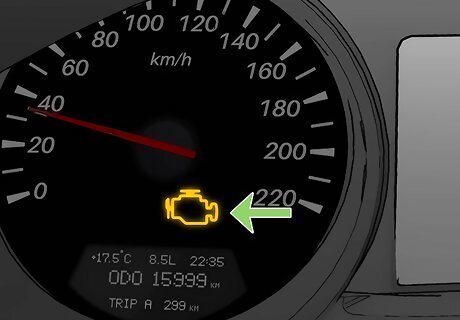
The light will come on if your spark plug causes misfires. Your “Check Engine” light can come on for a variety of issues, so it may not necessarily mean the spark plug is the issue. Check the engine code by plugging an OBD code reader into the link connector port near the left side of your steering column to determine if the spark plug is your issue. Common engine codes for misfires and spark plugs are P0-300 through P0-308. Some “Check Engine” lights won’t come on until your engine has a certain number of misfires.
Excessive wear or residue on the spark plug
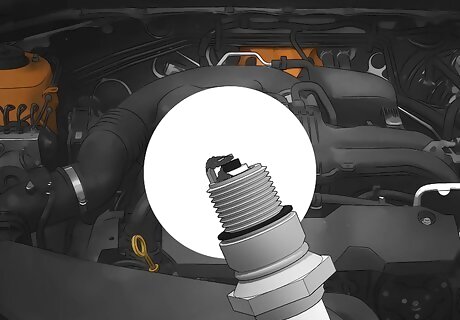
Fouled spark plugs may not be able to produce a spark. Locate your spark plugs by finding where the thick black cables attach to your engine cylinders. Remove the spark plugs from your engine one at a time using a spark plug socket wrench, and visually inspect them. Look for signs of damage, like a rounded electrode or worn-down insulation in the middle of the cylinder. If you see any issues, then it’s time to change your spark plugs. If you need to get new spark plugs, check your vehicle’s manual to know the proper gap sizes to use so they create a spark strong enough for your engine. Some spark plugs come with pre-measured gaps while you’ll need to use a spark plug gap tool to properly measure and adjust the size for universal plugs. If your spark plug has white or black residue coating it, you can clean it by placing it in a spark plug cleaner bag that attaches to an air compressor. The bag contains a fine abrasive that sand-blasts the residue off the electrode.


















Comments
0 comment